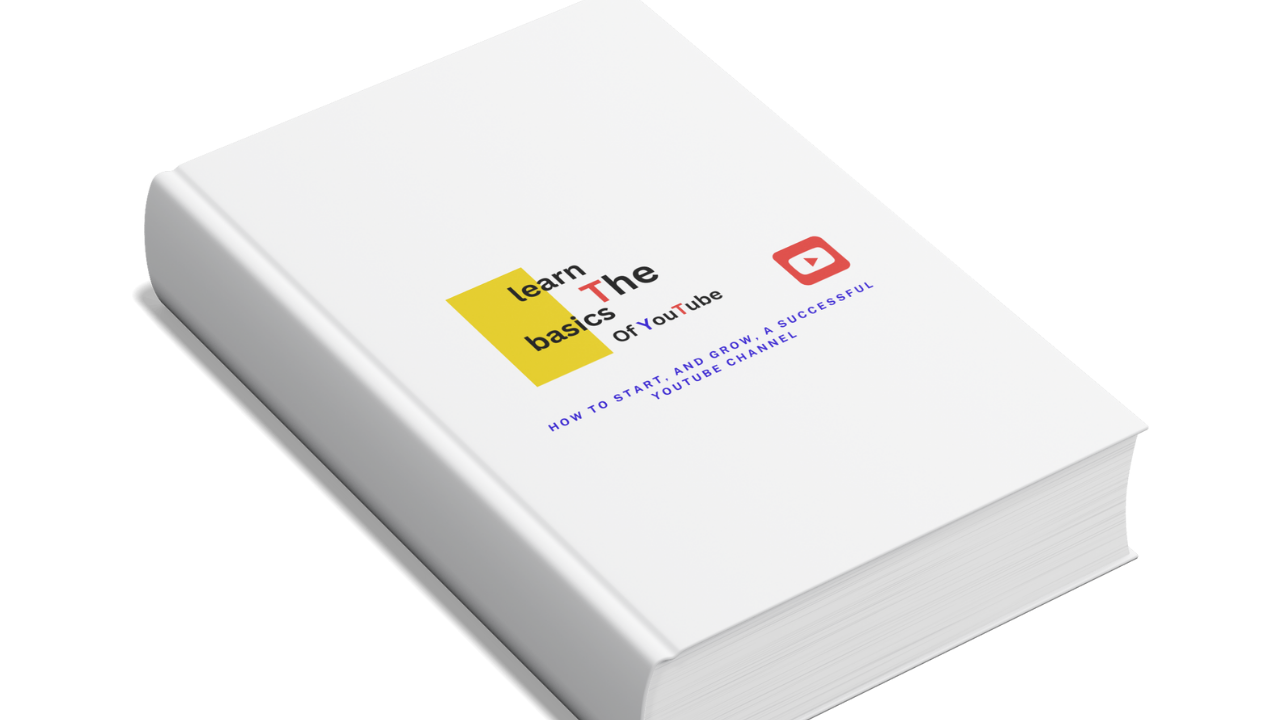How to Budget Money on a Low Income (PDF Guide Included)

Outline:
- Introduction
- Importance of budgeting on a low income
- Common challenges faced
Understanding Your Financial Situation
- Analyzing income sources
- Identifying necessary and unnecessary expenses
Setting Clear Financial Goals
- Short-term vs. long-term financial goals
- How to prioritize savings
Creating a Realistic Budget Plan
- 50/30/20 rule for low-income earners
- Zero-based budgeting
Cutting Unnecessary Expenses
- Differentiating needs vs. wants
- Simple ways to save money daily
Maximizing Your Income
- Side hustles and part-time jobs
- Passive income opportunities
Effective Strategies for Saving Money
- Building an emergency fund
- Low-income saving techniques
Reducing Debt on a Low Income
- Debt repayment strategies
- Negotiating with creditors
Smart Grocery Shopping on a Budget
- Meal planning and bulk shopping
- Using coupons and discounts
Finding Affordable Housing Options
- Tips for reducing rent costs
- Government assistance programs
- Managing Utility and Transportation Costs
- Reducing energy bills
- Affordable commuting options
- Free and Low-Cost Entertainment Options
- Enjoying life without spending much
- Community resources and events
- Utilizing Financial Assistance Programs
- Government benefits and grants
- Non-profit organizations that help
- Using Budgeting Apps and Tools
- Best free budgeting apps
- How to use digital tools effectively
- Final Tips for Long-Term Financial Success
- Staying disciplined with your budget
- How to keep improving your financial situation
- Conclusion
- Encouragement to stay consistent
- Recap of budgeting techniques
- FAQs
- How can I save money if I barely make enough?
- What is the best budgeting method for low-income earners?
- Are there free tools to help with budgeting?
- How do I cut down on impulse spending?
- What should I do if my income isn’t enough to cover my expenses?
Introduction
Budgeting money when you’re on a low income can feel like an uphill battle. With rising living costs, unexpected expenses, and limited financial flexibility, making ends meet seems almost impossible. However, with the right budgeting strategies, financial discipline, and a smart approach, you can take control of your finances—even on a tight budget.
In this guide, we will walk you through practical steps to budget your money wisely, cut unnecessary expenses, and work toward financial stability. Plus, we have included a free PDF guide to help you track and manage your finances effectively.
Understanding Your Financial Situation
Before you start budgeting, you need to understand where your money is going. This involves assessing your income, listing out all expenses, and identifying financial leaks that might be draining your wallet.
1. Calculate Your Total Income
List all sources of income, including:
- Salary or wages
- Freelance gigs
- Government assistance
- Child support
- Side hustles
2. Track Your Expenses
Write down every expense for a month, including:
- Rent/mortgage
- Groceries
- Utilities
- Transportation
- Debt payments
- Entertainment
3. Identify Unnecessary Expenses
- Eating out frequently
- Subscription services you rarely use
- Impulse purchases
- Excessive utility use
By tracking your finances, you gain a clearer picture of where you can make adjustments to improve your budget.
Without financial goals, budgeting can feel like an endless cycle of earning and spending. Set clear objectives to motivate yourself.
Short-Term Goals (1-6 months)
- Saving $500 for emergencies
- Paying off a small debt
- Cutting monthly expenses by $100
Long-Term Goals (1-5 years)
- Becoming debt-free
- Saving for a house or car
- Building a retirement fund
When setting goals, use the SMART method (Specific, Measurable, Achievable, Relevant, Time-bound) to stay focused.
How To Create a Realistic Budget Plan
Now that you understand your finances and have set goals, it’s time to create a budget that works for your low income.
1. The 50/30/20 Budgeting Rule
This method divides your income into three categories:
- 50% for needs (rent, food, bills)
- 30% for wants (entertainment, dining out)
- 20% for savings and debt repayment
On a low income, this might be challenging, so you may need to adjust percentages to fit your financial reality.
2. Zero-Based Budgeting
This approach ensures every dollar has a job, meaning your income minus expenses equals zero. This helps control spending and improves savings.
Trimming expenses is one of the best ways to free up money for savings and essential needs.
1. Identify Areas to Cut Back
- Cancel unused subscriptions
- Eat home-cooked meals instead of dining out
- Use public transportation instead of driving
2. Reduce Utility Bills
- Switch to energy-efficient appliances
- Turn off lights and unplug devices when not in use
- Use a programmable thermostat to save on heating and cooling
3. Affordable Entertainment Alternatives
- Use free streaming services
- Attend community events
- Utilize local libraries for books and movies
By cutting back on unnecessary expenses, you can create more breathing room in your budget.
If you’re struggling to make ends meet, consider ways to increase your income.
1. Take on Side Gigs
- Freelancing (writing, graphic design, tutoring)
- Rideshare driving (Uber, Lyft)
- Online surveys and small tasks
2. Look for Career Growth Opportunities
- Ask for a raise or promotion
- Upgrade your skills through free online courses
- Apply for better-paying jobs
3. Explore Passive Income Sources
- Sell digital products (e-books, courses)
- Invest in dividend stocks
- Rent out a spare room
Extra income can help cover essential expenses and boost your savings.
Effective Strategies for Saving Money
Saving money on a low income may seem difficult, but it is possible with the right approach. Even small amounts add up over time, helping you build financial security.
1. Start with an Emergency Fund
An emergency fund is essential, even if you can only save a few dollars a week. Aim for at least $500–$1,000 to cover unexpected expenses like medical bills or car repairs.
- Open a separate savings account to avoid spending the money.
- Use automatic transfers to save consistently.
- Consider rounding up purchases to the nearest dollar and saving the difference.
2. Use the “Pay Yourself First” Method
Before spending on anything else, set aside a portion of your income for savings. Even if it's just $10 or $20 per paycheck, it builds up over time.
3. Take Advantage of Free Money
- Employer 401(k) match – If your employer offers a matching retirement contribution, take full advantage.
- Cashback apps – Use apps like Rakuten or Ibotta for cashback on purchases.
- Government assistance programs – Explore available financial aid for low-income households.
Small steps in saving money can lead to significant long-term benefits.
Debt can be a heavy burden, especially when income is limited. The key is to create a strategy to pay it off systematically.
1. List All Your Debts
Write down all outstanding debts, including:
- Credit cards
- Student loans
- Personal loans
- Medical bills
2. Choose a Repayment Strategy
- Debt Snowball Method – Pay off the smallest debt first, then move to the next one. This keeps you motivated.
- Debt Avalanche Method – Focus on paying off high-interest debts first to save more money in the long run.
3. Negotiate with Creditors
- Ask for lower interest rates or extended payment plans.
- Consider a debt consolidation loan to combine multiple debts into one lower monthly payment.
- Look for non-profit credit counseling services that help manage debt for free or at a low cost.
Paying off debt on a low income is challenging, but with patience and consistency, it is achievable.
Smart Grocery Shopping on a Budget
Food is a necessary expense, but there are ways to cut costs without sacrificing nutrition.
1. Plan Your Meals
- Make a weekly meal plan to avoid impulse buys.
- Use a shopping list and stick to it.
- Cook meals in bulk to save time and money.
2. Shop Smart
- Buy in bulk for non-perishable items.
- Use store brands instead of name brands.
- Take advantage of sales, coupons, and cashback grocery apps.
3. Reduce Food Waste
- Store food properly to make it last longer.
- Freeze leftovers for future meals.
- Use “ugly” fruits and vegetables—they are cheaper and just as nutritious.
Following these steps can help you cut grocery costs significantly.
Finding Affordable Housing Options
Housing costs often take up a large portion of a low-income budget. Here are ways to save:
1. Consider a Roommate
Sharing rent and utilities with a roommate can cut housing expenses in half.
2. Apply for Housing Assistance
Look into government programs like:
- Section 8 housing vouchers
- Low-income housing tax credits
- Local rental assistance programs
3. Negotiate Rent with Your Landlord
- Offer to sign a longer lease in exchange for a lower rate.
- Look for rentals in less expensive neighborhoods.
- Offer to handle minor maintenance in exchange for reduced rent.
Finding creative ways to lower housing costs can make a big difference in your budget.
Managing Utility and Transportation Costs
Reducing utility and transportation expenses can free up extra cash each month.
1. Lower Your Utility Bills
- Unplug electronics when not in use.
- Use energy-efficient appliances.
- Wash clothes in cold water and air-dry when possible.
2. Cut Transportation Costs
- Use public transportation instead of owning a car.
- Carpool with coworkers to save on gas.
- Walk or bike whenever possible to avoid fuel expenses.
By making small changes, you can save hundreds of dollars annually on these expenses.
Free and Low-Cost Entertainment Options
Enjoying life doesn’t have to be expensive. There are many free or low-cost activities to have fun without breaking the bank.
1. Explore Free Community Events
Many cities offer free activities like concerts, festivals, and movie nights in the park.
- Borrow books and movies from the library.
- Visit free museums and attractions.
- Look for free classes and workshops.
3. Get Creative at Home
- Have a picnic at a local park.
- Host a game or movie night with friends.
- Try DIY projects or hobbies that don’t require a lot of money.
There are plenty of ways to enjoy yourself without spending a fortune.
Utilizing Financial Assistance Programs
If you’re struggling financially, take advantage of resources designed to help low-income individuals.
1. Government Assistance Programs
- SNAP (Food Stamps) – Helps with grocery costs.
- LIHEAP – Assists with heating and energy bills.
- Medicaid – Provides healthcare coverage for low-income individuals.
2. Non-Profit Organizations
Many charities provide:
- Free food pantries
- Rental assistance
- Medical aid and job training
3. Local Community Support
- Churches and community centers often provide free meals and clothing.
- Some states offer financial aid for job training and career growth.
Using these resources can help lighten your financial burden.
Using Budgeting Apps and Tools
Technology makes it easier to track spending and save money. Here are some of the best free budgeting tools:
1. Best Budgeting Apps
- Mint – Tracks expenses and categorizes spending.
- YNAB (You Need A Budget) – Helps with zero-based budgeting.
- GoodBudget – Uses the envelope system for cash budgeting.
2. How to Use These Apps Effectively
- Set up spending limits for different categories.
- Check your budget weekly to stay on track.
- Use alerts to avoid overspending.
Using these tools can help you manage your money efficiently.
Final Tips for Long-Term Financial Success
1. Stay Disciplined with Your Budget
- Revisit your budget regularly and make adjustments.
- Avoid impulse spending by sticking to a financial plan.
2. Keep Improving Your Financial Knowledge
- Read personal finance books.
- Follow financial experts online.
- Take free financial literacy courses.
3. Have Patience and Stay Motivated
Financial success doesn’t happen overnight. Small, consistent steps will lead to long-term stability.
Conclusion
Budgeting on a low income is challenging, but it is possible with the right strategies. By tracking your expenses, cutting unnecessary costs, increasing your income, and using budgeting tools, you can achieve financial stability. The most important thing is to start today—every small step counts toward your financial future.
To make budgeting easier, download our free PDF guide to track your income, expenses, and savings goals.
FAQs
1. How can I save money if I barely make enough?
Start small—cut unnecessary expenses, look for side gigs, and use budgeting apps to track spending.
2. What is the best budgeting method for low-income earners?
The zero-based budget is great because it ensures every dollar is assigned a purpose.
3. Are there free tools to help with budgeting?
Yes! Apps like Mint and YNAB offer free budgeting tools.
4. How do I cut down on impulse spending?
Use the 24-hour rule—wait a day before making non-essential purchases.
5. What should I do if my income isn’t enough to cover my expenses?
Consider increasing your income with side hustles and applying for financial assistance programs.




You must be logged in to post a comment.